|
|
|
  
|
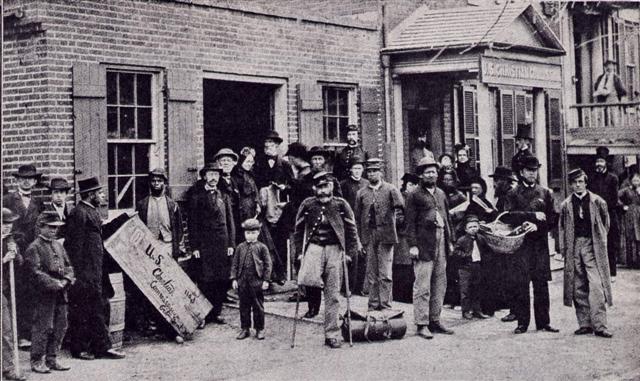
|
Washington, District of Columbia. Maimed
soldiers and others before office of U.S. Christian
Commission; Brady Civil War Photograph Collection (Library of Congress)
Aid for the Men at the FrontóChristian Commission
The Christian Commission was second as a civilian
agency of relief only to the Sanitary Commission. The scene above tells its
own story. The box numbered 1108 and addressed to the United States
Christian Commission suggests how numerous were its consignments to the
front. The veteran who has lost a leg is leaning on crutches furnished by
the organization. He need have no fear for his pension. They have helped him
to keep his papers straight. The basket on the man's arm suggests the
charitable nature of the enterprise, the women in the doorway and on the
porch indicate the feminine interest in it, and the ecclesiastical garb of
one or two of the crowd suggests its religious nature. True heroes, some of
these men who labored for the Sanitary Commission and Christian Commission
to counteract the awful effects of the madness which sets men to killing one
another. In March, 1865, General Terry had instituted a contraband camp
where the colored refugees were gathered, about a mile outside of New Berne,
North Carolina. There they were maintained with army rations and some
measure of official supervision. In this camp an epidemic of smallpox broke
out. The camp was quarantined, but word came to the authorities that it was
in bad shape. The dead were not being buried, the sick were not being cared
for, and the food was being appropriated by the stronger. Vincent Colyer and
an associate, representative of the Sanitary Commission, volunteered to take
charge of matters and restore order. Their action probably saved the town
and the entire command from an epidemic of smallpox. In other countries they
would have received decorations. Never before in the history of warfare did
so many lawyers, merchants, ministers, and thousands of the people who
stayed at home, combine to bring friendship and comfort to the sufferers in
the field. It is recorded in the "Annals of the United States Christian
Commission" by the Reverend Lemuel Moss, its Home Secretary, that its
business committee collected no less than $5,478,280.81 for the soldiers.
|
|
| On October 28, 1861, the Central
Committee of the Young Men's Christian Association in Philadelphia addressed
a circular letter to all the associations in the Union, inviting them to
send delegates to a convention at the rooms of the Young Men's Christian
Association of New York, on the 14th of the following month. This letter was
signed by George H. Stuart, Chairman, John Wanamaker, Corresponding
Secretary, James Grant, John W. Sexton, and George Cookman. The letter met
with im-mediate response, and at the convention George H. Stuart was chosen
President, Edward S. Tobey, Vice-President, Cephas Brainard and William
Ballantyne, Secretaries. Messrs. Desmond, Vernon, Wana-maker, Masiurre,
Baird, Colyer. and Stuart were appointed on the Business Committee.
Thus was organized the Christian Commission. |
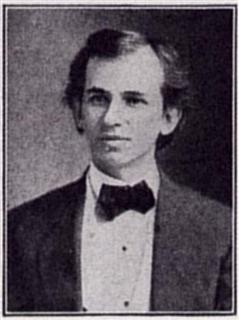
|
John Wanamaker in '61
One of the wartime
merchants who raised many millions for the relief of the soldiers at the
front, through the Christian Commission and other civilian agencies. |
|
page 17 in 1911 book
Notes:
The original wet collodion glass negative is
in the Brady Civil War Photograph Collection at the Library of Congress.
The glass of the negative is cracked; however, images
from it provide more detail than images from the book. The photo was
taken in April, 1865.
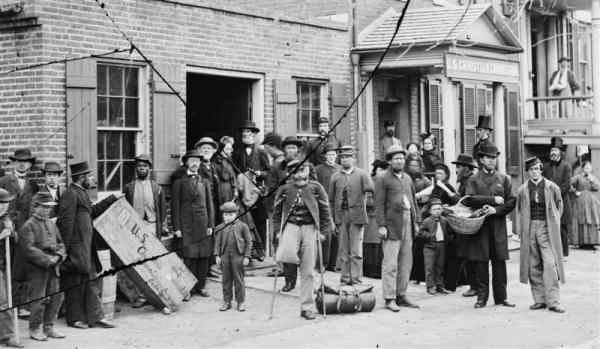
Other views of that day, cropped or from other images:
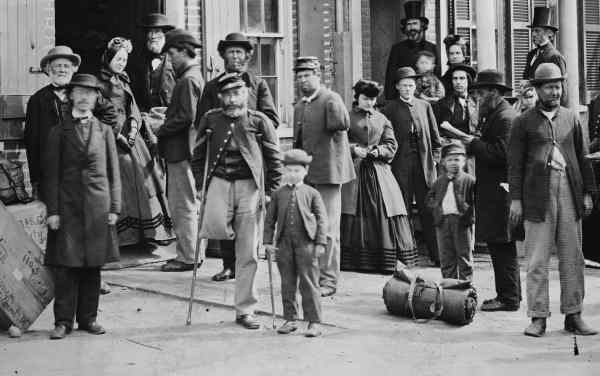
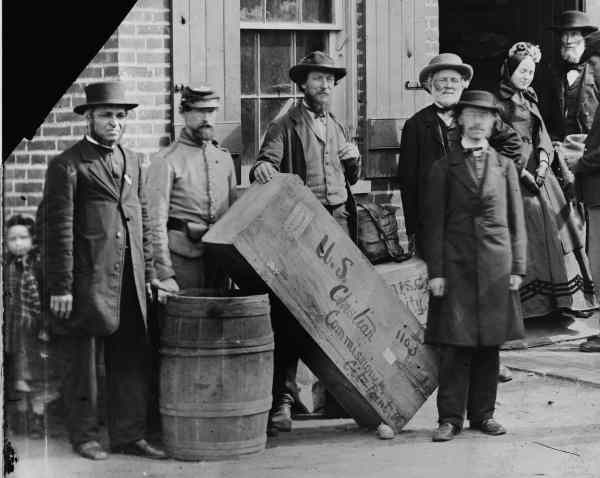
(image blog posted 12/14/2005)
  

visits to this page.
Page last revised05/24/2006 |
|
|
More Civil
War Material:
American Civil
War Anecdotes, Incidents and Articles.
This online edition of The Photographic
History of the Civil War includes improved images using digital images
from the Library of Congress, when available. It also includes additional
images that are either cropped from the Library of Congress digital images
or are related to the specific topic being discussed in the article or page.
Volume 7 of the History is the first
volume I'm publishing online simply because it was the one I was interested
in when I decided to publish.
More to come, I hope.
|
 |
|
